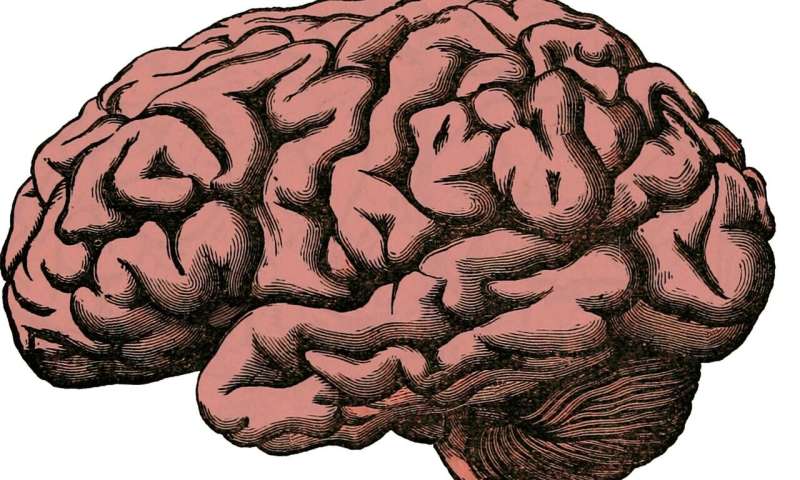Credit: CC0 Public Domain
Each year, nearly half a million people worldwide die from brain aneurysms. In the U.S., an estimated 6.7 million people have an unruptured brain aneurysm, which means about 1 in 50 people might have one.
A brain aneurysm, also called a cerebral aneurysm, is a bulge or ballooning in a blood vessel in the brain. Dr. Chris Fox, a Mayo Clinic neurosurgeon, says there are two broad categories of aneurysms: ruptured aneurysms, which are neurosurgical emergencies, and unruptured aneurysms, where there is time to establish a treatment plan that may involve multiple options.
"For unruptured aneurysms, we have the ability to plan and make a decision on the best treatment upfront in a nonemergent situation," says Dr. Fox.
But when a brain aneurysm ruptures, prompt medical attention is required.
"Typically, when we see a patient with a ruptured aneurysm, we treat it as quickly as possible. That's usually within a matter of hours because there's a risk that the aneurysm can rerupture," he says.
Symptoms
Symptoms of a ruptured aneurysm can include severe head pain, nausea, vomiting, confusion and loss of consciousness.
"The classic presentation for a ruptured aneurysm is a patient has the worst headache of their life," Dr. Fox says.
Brain aneurysms are more common in women, and there may be a genetic component because aneurysms can run in families.
"But smoking and hypertension are two of the biggest risk factors for causing an aneurysm or having an aneurysm form," says Dr. Fox.
2024 Mayo Clinic News Network. Distributed by Tribune Content Agency, LLC.
























